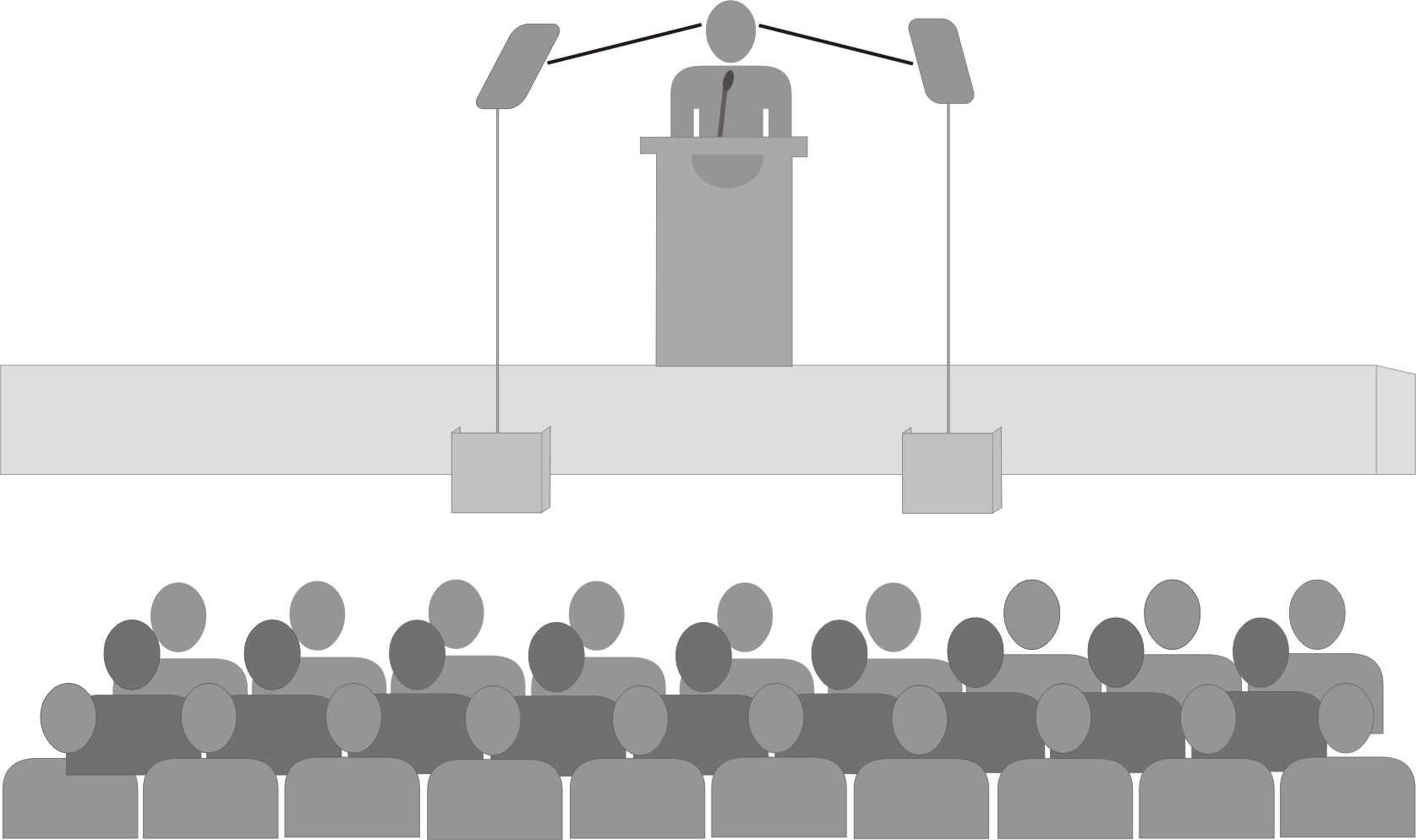With the XDC Call for Speakers opening soon, we thought it might be helpful to pass along some tips for submitting a successful XDC session. So many things make XDC great – the quality of the people who attend, the focus of the educational content and the small details, like food choices and hotel ambience. We want attendees to leave the conference feeling invigorated, ready to get started on the new things they learned, and excited about the new connections they made.

We receive a lot of submissions for XDC sessions. Most good, some needing further development. We review every submission, and take into consideration the topic, abstract, and the speaker background. Here are 13 guidelines to help you craft your best possible submission, from topic to title, abstract and speaker biography.
1. Your title and abstract should really sell your session. Make sure the title is useful to the reader, while also conveying the benefits of the main topic. Attendees want a session that shows them something interesting and new. Promising benefits, provoking curiosity and putting a number in front are excellent strategies to make your session title attractive. Here are some examples:
[BAD] Learn How To Use Databases with Xojo
[GOOD] The Mistakes I’ve Made With Databases & What You Can Learn From Them
2. A unique approach to problem solving is always a good topic to explore. Especially if the problem is common or familiar.
3. Session content that can fill the entire time-slot assigned (most slots are 50-minutes), including 5-10 minutes for a Question & Answer session.
4. Use present tense in the abstract. And please don’t start your abstract with “In this session.”
5. Avoid overly-broad sessions. “Introduction to Xojo” or “Windows is Great!” might be interesting, but generally speaking they’re way too broad to get much value out of in a 50-minute session. Draw the focus down to something specific.
6. Make it clear what your attendees will learn during your session. For example, “You’ll leave this session with a handle on some of the more common database design patterns that can be used for OLTP (on line transaction processing) and front end application database designs”.
10. Give examples of what is discussed to let attendees know what you’ll be talking about. “This highly interactive session will show you three specific tips: 1, 2, and 3.” This helps potential attendees see they should be skipping that other session to attend yours!
11. Write a concise abstract. The one paragraph of your abstract is like the one spoon tasters get at a BBQ sauce competition. This is hard to do. You need to work really hard on making the one paragraph highly impactful. Set a hook with a great opening. Follow that with the value propositions to attendees and examples, and finish with a great closing that will make your attendees want more.
12. Edit and re-edit. Write the draft, step away from it, come back and edit it later. Several times.
away from it, come back and edit it later. Several times.
13. Your speaker biography is every bit as important as your abstract, particularly if you’re not well-known by the content selection committee.
I look forward to seeing what new topics get submitted this year. The Call for Speakers will open soon. And remember, if you have a rough idea feel free to contact me first if you want to talk it over and develop it some before you decide and submit it. There is no limit to your submissions, so go ahead and write up all your ideas. See you in Denver!
